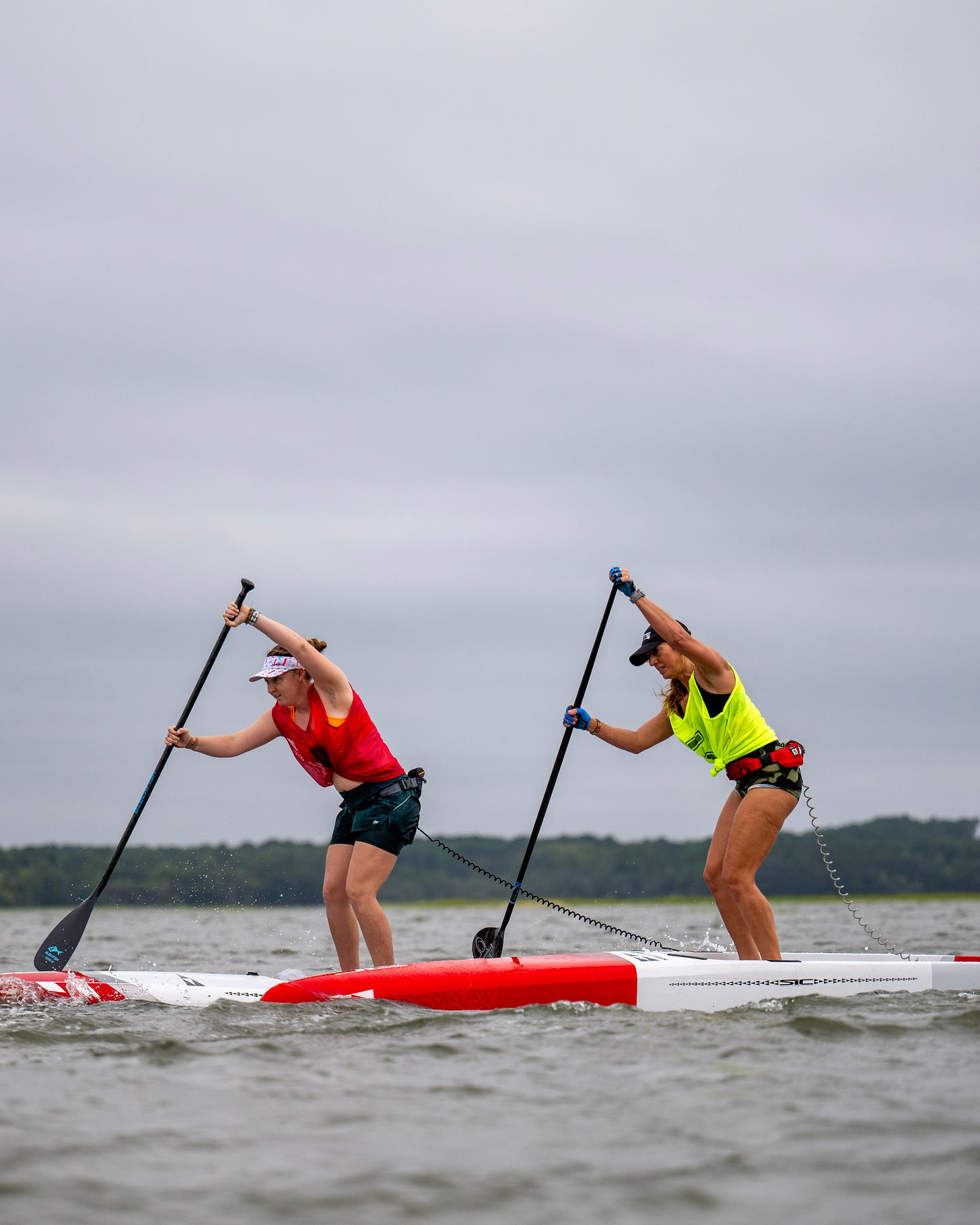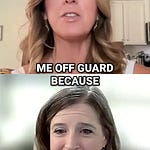One of the reasons I love paddle boarding is because it’s never the same twice—no matter what you expect before stepping onto your board, the water always has its own plan.
What Was Supposed to Be a Structured Training Paddle
I headed out on Hogtown Bayou with my paddle buddy Marvin, expecting a solid, structured training day. Our route was mapped—Marvin loves to plan, and I love that about him because it means I just get to show up and paddle.
My mindset was sharp and relaxed. I was ready for twelve miles. But the moment we left the marina, the bayou had other plans. A strong north wind hit us hard, side chop bounced us around, and the water shifted under us constantly. We had both checked the conditions that morning—this wasn’t in the forecast. It was rough, unpredictable, and just plain annoying.
This was the kind of paddle that forces you to either adapt… or give up.
When Conditions Change, So Do You
I bailed on the original plan. Marvin kept paddling the shoreline while I decided I’d had enough of the side chop and shifted course. I started paddling directly into the wind, then down winded back—a training style we use to surf the wind swells on the return.
I ran into my friend Don out there, paddling his outrigger canoe. We both looked at each other like, “Where the hell did this come from?” But we did what paddlers do—we kept going. We pushed through the wind, surfed what we could, and kept racking up the miles.
I ended up doing three miles of brutal side chop, three miles straight into the wind, and then finally got a break with three miles of down winding. Marvin rejoined us at the end of our last stretch. We had just the last three miles left to the marina.
Thinking I was being smart, I took the north side of the bayou to avoid the headwind. Marvin went back the same way we started. Unfortunately for me, the wind shifted again, and I ended up paddling straight into it for the last mile and a half.
I was absolutely wiped. And that’s rare for me—even after 12 miles.
Paddling Is Mental Training
Movement doesn’t always look pretty. It doesn’t always follow your plan. Sometimes it’s a mental grind more than a physical one.
Every time I get on the board, I’m not just training my body—I’m training my mind. Paddling demands presence. It requires you to regulate your breath, stay calm, and respond to changing conditions in real time. You learn to work with what’s in front of you, not against it.
This is life training. It’s mindset work. It’s breath work. It’s letting your mind follow your body, not the other way around. On tough days, it’s the only thing that gets you through. I can definitely say that paddling has made me a stronger and more resilient person.
Balance Means Knowing When to Push—and When to Rest
Paddling teaches you how to listen—not just to the water, but to your own body. You learn when to lean in and when to pull back. Injuries happen. Sometimes it’s overuse, sometimes it’s just timing. But one of the most powerful things you can do for your body is honor its need for rest.
Rest isn’t weakness. It’s strategy. There’s a time to push and a time to pause. Knowing the difference is what builds sustainable strength—and allows you to keep doing the movement you love, for the long haul.
Resilience Isn’t Built in Smooth Water
Paddling is a mirror for life. When things get hard, you can quit—or you can adapt. You can get frustrated and stop… or you can shift your position, reframe your thinking, and keep going.
Your body sends you signals when it’s time to change something. Whether it’s pain, burnout, or exhaustion, it’s trying to tell you to reevaluate. Life, like paddling, will always ask you to adjust.
Maybe paddle boarding isn’t your thing and that’s fine. Movement doesn’t have to look like this. The point is to move—period. Build it into your routine. Respect your body. And don’t forget that flexibility training is just as important as strength training. It helps you stay mobile, grounded, and more resilient in the face of stress and life’s little obstacles.
Begin By Starting Somewhere
You don’t have to be a competitive paddleboarder to win at this. You just have to start somewhere. Movement, done consistently, will improve your life.
You show up even when it’s uncomfortable and you let that discomfort sharpen your focus instead of stopping your momentum. That’s what Get Healthy or Get Dead is all about. It’s not about being fearless—it’s about being willing to commit to a newer, healthier routine.
Need help getting your body and routine back in balance? Book a 1:1 session with me or explore my flexibility and movement training packages. I offer both in-person and virtual options. Let’s get you moving in the direction of real health again.
→ Check out coaching packages and lessons here
Want a deeper dive into building real health from the inside out?
→ Get Healthy or Get Dead: The Book + Workbook is available now on Amazon and gethealthyorgetdead.com
Take a peek inside—and start moving forward.













Share this post